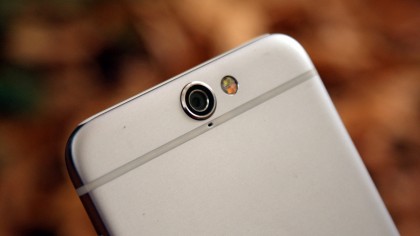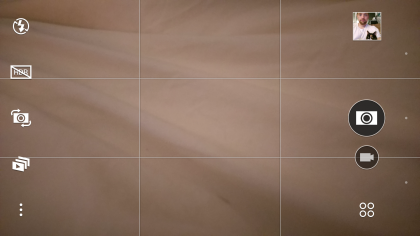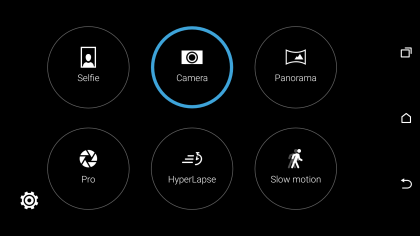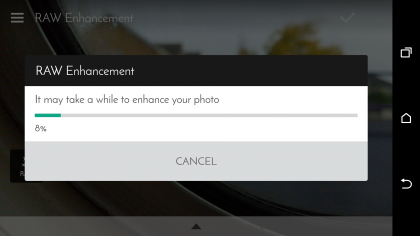Why you can trust TechRadar

The camera on the HTC One A9 is a 13MP affair on the rear, and the 'normal' Ultrapixel on the front front (4MP, but with much larger pixels for good light).
The rear camera is an odd one - HTC was all about the Ultrapixels for the One M7 and One M8, and looked to be making a point about what constitutes a good camera in a smartphone.
Then it completely gave up and went for a generic 20.7MP sensor for the One M9, and that was ripped to shreds critically by all and sundry, coming nowhere in nearly every camera test.
There's a definite sense that the camera on the One A9 has to be a lot better, as it seemed like it was something of a shock to the brand that the camera on the previous flagship wasn't deemed as one of the best.

The One A9, well, is good enough. Given it's a 13MP sensor, it performs well enough to create photos you'll be relatively pleased with - but it's nothing stellar.
The shots taken by automatic mode don't have any real aberrations or weird curling at the edge of the picture, but the sharpness and color reproduction still seem a little, little muted compared to the very best out there.
The low light performance is quite impressive though - it's no great shakes, paling in comparison to the likes of the iPhone or the previous Ultrapixel-enabled HTC phones - but as you can see on the next page, the sharpness and level of detail picked out is good, with the focus especially impressive for not much light to work with.
This is down to the optical image stabilisation offered, as it helps increase the amount of light going in while keeping things nicely in focus.

There are loads of modes though - and if you drill into the Pro mode specifically you'll start to really improve things. RAW mode is rather professional and takes (massive file size) photos, but the results are decent - plus you can upgrade them with an enhancement to make things look a lot nicer.
The enhancement itself takes a long time to do, seemingly as the chipset struggles with the workload - it really heats up the phone as well to use the camera for a while.
Macro performance is very good - as usual from HTC - and being able to tweak the settings in the Pro mode to tailor the photo to your desires can lead to some much more impressive shots. It's a shame you can't save the tailored settings, as you can mess with ISO, shutter speed and focal length to really get some cool effects.

The other modes are largely novelty - slow motion isn't a patch on what Apple has inbuilt naturally, with 240fps compared to the 720p (and quite grainy) 120fps on offer here.
Hyperlapse is pretty cool though - you can mess with the end result to speed it up and slow it down for different parts, which you don't see often. It makes a more cultured video at the end, and while you won't use it a lot, the video stabilisation is effective.
In short, the camera on the HTC One A9 is competent and capable - but unlike the Samsung or Sony phones of this world the automatic mode isn't as impressive as it could be.

Gareth has been part of the consumer technology world in a career spanning three decades. He started life as a staff writer on the fledgling TechRadar, and has grew with the site (primarily as phones, tablets and wearables editor) until becoming Global Editor in Chief in 2018. Gareth has written over 4,000 articles for TechRadar, has contributed expert insight to a number of other publications, chaired panels on zeitgeist technologies, presented at the Gadget Show Live as well as representing the brand on TV and radio for multiple channels including Sky, BBC, ITV and Al-Jazeera. Passionate about fitness, he can bore anyone rigid about stress management, sleep tracking, heart rate variance as well as bemoaning something about the latest iPhone, Galaxy or OLED TV.
